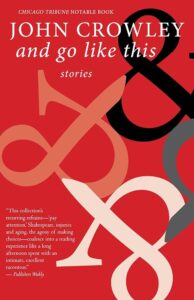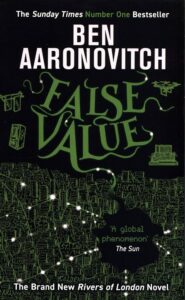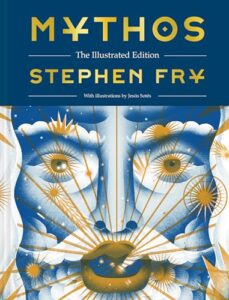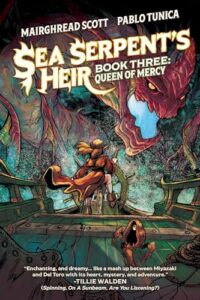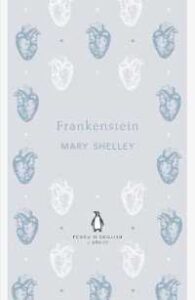Mein litauischer Fürherschein — My Lithuanian Driver’s License — carries the subtitle “Ausflüge zum Ende der europäischen Union,” “Excursions to the End of the European Union.” He means one of the geographic ends of course, not the demise of the Union. I’m not sure I would have chosen Lithuania as the end of the Union either, since it’s nestled between Poland and Latvia. Depending on how you look at things, Estonia or Finland would have the better claim to being the end of the EU in this direction. Still, Lithuania’s frontier is part of the Union’s external boundary with direct links to Russia (westward, oddly enough) and Belarus (eastward), which turns out to be Ackermann’s relationship with Lithuania.

Ackermann moves with his wife and young children from Berlin to Vilnius, the capital of Lithuania, in the early 2010s. He is part of Germany’s sizeable apparatus of cultural diplomacy, though he is far from a functionary. Getting there requires a little backstory. In 1992, the first year after the collapse of the Soviet Union, some idealists led by Anatoli Mikhailov founded the European Humanities University in Minsk, the capital of Belarus. At the time, Boris Yeltsin was president of Russia, Belarus was not a dictatorship, and the moment seemed ripe to bring pan-European teaching and values into the former socialist bloc. EHU grew to include programs in the humanities, in modern and classical languages, and, somewhat incongruously, information technology. Anyway, democracy took root less well in Belarus than in other post-Soviet countries; the bureaucracy eventually decided that an independent university that was European and humanistic was not what they wanted, and they used various forms of chincanery to push it out. In 2004, Belarus revoked the EHU’s accreditation. In 2005, the university re-established itself in Vilnius with support from the Lithuanian government, the European Commission, Nordic countries and various foundations.
By the time Ackermann arrives, EHU has settled into the peculiar existence of a university in exile. Most of the students are from Belarus; some of the faculty commute from Minsk to Vilnius to teach. The powers-that-be in Minsk — that is, the dictatorship of Alexander Lukashenko — cracked down enough to push the university across the border, but not enough to prevent both students and faculty from continuing to have a university. Ackermann himself has a position financed by the German Academic Exchange Service (DAAD), a public body that supports scholarship from and about Germany around the world. He’s integrated into the mission of the EHU, but his external support means that he’s insulated from the financial struggles that many of his students and colleagues face.
Continue reading
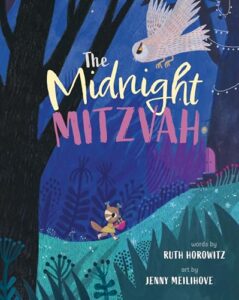 Whether Jewish or otherwise, plenty of people will enjoy and hopefully benefit from the message of The Midnight Mitzvah. Hanina Chipmunk is a champion nut collector who enjoys sharing her bounty with her friends and neighbors. Not only does she like feeding people, she also, admittedly, basks in the praise they give her in exchange. But Mathilda Squirrel gives her nothing but a cold reception when Hanina goes to visit one day, and spurns both gift and bearer. Hanina’s friends explain to her later that while it’s a mitzvah — the Hebrew word for blessing — to help others, it’s also a mitzvah to spare them embarrassment. Mathilda was once great at collecting nuts herself but refuses to admit that she’s no longer self-sufficient.
Whether Jewish or otherwise, plenty of people will enjoy and hopefully benefit from the message of The Midnight Mitzvah. Hanina Chipmunk is a champion nut collector who enjoys sharing her bounty with her friends and neighbors. Not only does she like feeding people, she also, admittedly, basks in the praise they give her in exchange. But Mathilda Squirrel gives her nothing but a cold reception when Hanina goes to visit one day, and spurns both gift and bearer. Hanina’s friends explain to her later that while it’s a mitzvah — the Hebrew word for blessing — to help others, it’s also a mitzvah to spare them embarrassment. Mathilda was once great at collecting nuts herself but refuses to admit that she’s no longer self-sufficient.
